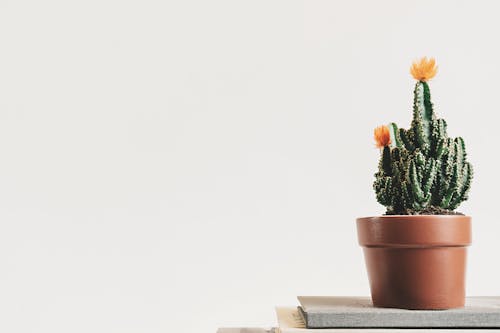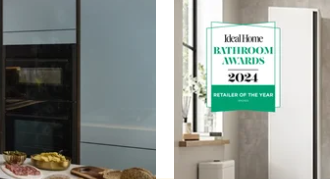In recent years, conversations about how we live have often centered around two contrasting styles: minimalism and maximalism. Each represents a distinct approach to space, belongings, and even mindset. While minimalism promotes simplicity and restraint, maximalism embraces abundance and exuberance. Neither is inherently better; rather, they reflect different values and personalities.

Understanding these two lifestyles can help you decide which one aligns more closely with your own needs and preferences, and how to apply those principles to create a living environment—and a way of living—that feels authentic.
What Minimalism Means
Minimalism emphasizes living with less but better. It’s about stripping away excess to focus on what truly matters. The minimalist lifestyle encourages intentionality, asking questions like: What do I need? What adds value to my life? What can I let go of?
Minimalist spaces tend to be uncluttered and calming, with neutral colors and clean lines. The goal is to reduce distractions and create room—both physically and mentally—to breathe and think clearly.
Minimalism often appeals to those who crave order, calm, and clarity. It supports a mindset of contentment and mindfulness, helping to shift focus from possessions to experiences and relationships.

What Maximalism Means
Maximalism, in contrast, celebrates abundance and personal expression. It’s about embracing bold colors, patterns, and a rich mix of objects that tell a story. Maximalism values creativity, individuality, and vibrancy, turning spaces into dynamic environments filled with energy and personality.
This approach is not about chaos, but about curated richness. Every item has meaning or aesthetic value, and layering is intentional. Maximalist spaces often feel warm, inviting, and alive.
People drawn to maximalism typically enjoy variety, spontaneity, and visual stimulation. They thrive in environments that spark joy through color and collection.
The Core Differences
At their heart, minimalism and maximalism represent different philosophies of living:
- Minimalism: Focus on essentials, quality over quantity, calm and simplicity.
- Maximalism: Embrace abundance, variety, boldness, and personal storytelling.
These differences extend beyond décor into lifestyle habits, decision-making, and even emotional outlook.
Who Benefits from Minimalism?
Minimalism suits individuals who:
- Feel overwhelmed by clutter or too many choices
- Prefer peaceful, orderly environments
- Value intentional living and simplicity
- Want to reduce distractions to focus on goals
- Enjoy clean aesthetics and neutral tones
- Are seeking to reduce consumption and waste
For many, adopting minimalism can lead to reduced stress, clearer thinking, and greater satisfaction with what they already have.

Who Benefits from Maximalism?
Maximalism fits those who:
- Love variety and visual richness
- Enjoy expressing their personality through their environment
- Find inspiration and creativity in vibrant spaces
- Appreciate collecting meaningful or unique items
- Want their home to be a lively reflection of their tastes and experiences
- Feel energized by color and pattern
Maximalism can foster a sense of joy, connection, and celebration of life’s details.
Finding Balance: Neither Pure Minimalist Nor Maximalist
It’s important to note that few people live at the extreme ends of either spectrum. Many create a personal balance that blends elements of both. You might appreciate the clarity of minimalism in certain areas of your life, like your work desk or wardrobe, while embracing maximalist energy in others, such as your living room or creative spaces.
Mixing minimalism and maximalism can offer the best of both worlds: order and vibrancy, simplicity and personality.
Practical Tips for Choosing Your Path
- Reflect on how your current environment makes you feel. Is it calming or chaotic? Energizing or draining?
- Consider your daily habits and what you want more of—space and quiet, or stimulation and color.
- Start small: try decluttering one area or adding a few bold pieces to test what feels right.
- Think about your lifestyle—do you travel often and need less to manage, or do you find comfort in surrounding yourself with cherished items?
- Remember that your preferences may evolve over time, and your living space can evolve with you.
Beyond Aesthetics: Mindset and Well-Being
Both minimalism and maximalism influence mindset. Minimalism encourages slowing down, appreciating what you have, and letting go of excess mental load. Maximalism encourages creativity, celebration, and embracing complexity.
Choosing one style over the other isn’t just about how your home looks; it’s about how you want to live, what nurtures you, and what kind of energy you want to bring into your daily life.
Final Reflection
Minimalism and maximalism offer two different paths toward creating a life that feels meaningful. Whether you gravitate toward calm simplicity or expressive abundance, the key lies in understanding yourself and your needs.
Instead of following trends or external expectations, tune in to what makes you feel most alive and at peace. Your environment should support your well-being, reflect your values, and inspire you to live fully—whether that means less or more.





